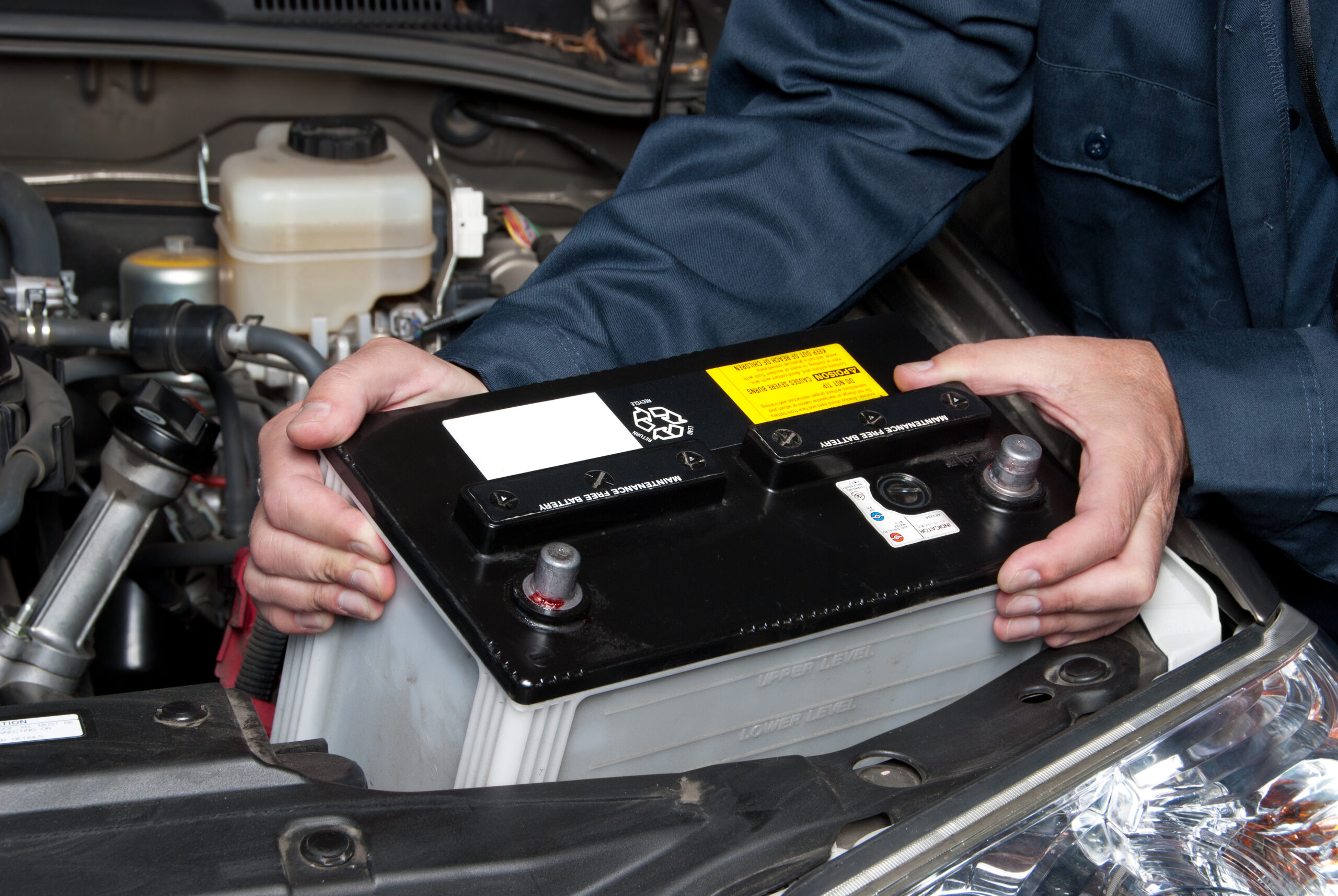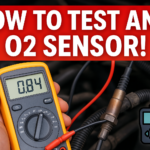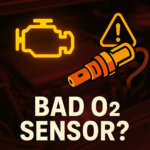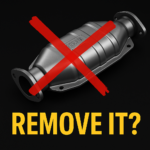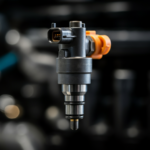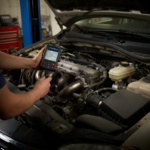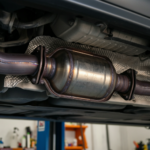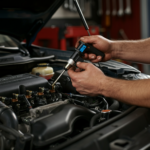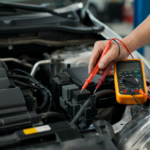A dead car battery is one of the most common issues car owners face—and often happens at the worst possible moment. Whether you’re rushing to work or running errands, turning the key and hearing nothing but silence can be frustrating and stressful.
But how can you tell if your car battery is dead, or if it’s another car issue? And more importantly, what should you do about it? This guide will cover everything you need to know about identifying a dead or dying car battery, understanding the warning signs, and solving the issue to get your vehicle running again.
Is It Really a Dead Battery?
When your vehicle battery dies, it means it’s no longer capable of holding a charge. This can happen for a variety of reasons, such as age, extreme temperatures, or leaving electrical systems on for too long. But before assuming you have a dead battery, it’s a good idea to confirm it’s truly a battery problem and not something else, like your gas tank being empty.
Here’s a closer look at how to tell if your car battery is dead or dying and steps you can take to diagnose it.
Common Signs of a Dying Battery
- Your Car Won’t Start
The most obvious indicator is if your car doesn’t start when you turn the key in the ignition. If you hear a clicking sound or no sound at all, these are clear signs your car battery is dying.
- Dim Headlights or Dashboard Lights
One of the earliest bad car battery symptoms is dim headlights or weak dashboard lights. If your battery can’t provide enough power, you’ll notice these components becoming noticeably dimmer.
- Delayed Engine Crank
If it takes your engine longer than usual to start, it may be a sign of a bad car battery. This “slow crank” happens when the battery doesn’t have enough power to start your engine efficiently.
- Unresponsive Electrical Systems
If your car’s radio, power windows, or other electrical systems aren’t working properly, this could mean your vehicle battery is dead or weakening.
- Frequent Jump-Starts Required
If you find yourself needing to use jumper cables often, it’s a clear sign of car battery weakness, and it might be time to replace the battery entirely.
- Warning Light on Dashboard
Modern vehicles often display a battery warning light on the dashboard when there’s a battery issue or the charge is too low.
- Bloated or Corroded Battery Case
If the battery case looks swollen or has significant corrosion around the terminals, this is a reliable indicator of battery damage.
How to Distinguish Between a Flat Battery vs Dead Battery
A “flat battery” and a “dead battery” are often used interchangeably, but they’re not exactly the same. A flat battery can usually be fixed by recharging the battery, while a dead battery cell symptom suggests permanent issues, requiring you to replace the battery.
If your car makes several attempts to start but fails, you likely have a flat battery. If nothing happens at all, your car battery might be dead.
Steps to Diagnose and Fix a Dead Car Battery
If your vehicle doesn’t start, follow these steps to figure out whether your car battery issues are to blame and how to resolve them.
Step 1: Check for Visible Symptoms
Pop the hood and examine the battery. Look for obvious problems like corrosion, a bloated battery case, or disconnected cables. These can cause car battery problems and will need to be addressed for your vehicle to run smoothly.
Step 2: Test Your Battery Charge
Many auto parts stores offer free battery testing services. Alternatively, you can use a multimeter to check if your battery has a sufficient charge. A fully charged battery should read between 12.6 and 12.8 volts when the car is off.
If the reading is below this range, you might need to recharge the battery or replace it entirely.
Step 3: Jump-Start Your Car
If you suspect a flat or weak battery, use jumper cables to jump-start the vehicle. Here’s how to safely do it:
- Ensure both cars are parked safely and switches are off.
- Connect the jumper cables in the correct order (positive to positive, negative to grounded metal surface).
- Start the engine of the working vehicle and then attempt to start your car.
- If your car starts, leave it running to allow the alternator to charge the battery.
If the car fails to start after this, it’s likely a dead battery; you’ll need to replace it.
Step 4: Replace the Battery
If jump-starting doesn’t work and your car frequently struggles to start, it’s time for a new battery. Make sure to choose one compatible with your vehicle’s specifications and take proper precautions during installation.
Step 5: Seek Professional Assistance
Sometimes, car battery problems could indicate a faulty alternator or starter. If replacing the battery doesn’t fix the issue, consult a mechanic for further diagnosis.
Preventing Future Car Battery Issues
Proper maintenance can significantly extend the life of your battery, saving you both time and money.
Tips for Maintaining Your Car Battery
- Drive Regularly
Short trips and infrequent use can lead to a drained battery. Drive the car every few days to keep the battery functioning properly.
- Avoid Draining the Battery
Always turn off headlights, interior lights, and accessories when the engine is off. Leaving these on for long periods drains the battery unnecessarily.
- Be Mindful of Extreme Temperatures
Exposing your car to extreme temperatures (hot or cold) can shorten the battery’s lifespan. Whenever possible, park in a garage or shaded area.
- Get Your Battery Tested Regularly
Make it a habit to have your battery tested during routine vehicle maintenance. This helps identify weak car battery symptoms early.
Find more tips on car battery maintenance.
Still Wondering, “How Can I Tell If My Car Battery Is Dead”?
If you’re experiencing any of the signs of a dying battery listed above, don’t wait until you’re stranded on the road. Testing and maintaining your battery regularly is essential to staying safe and avoiding unnecessary expenses.
When in doubt, remember that professional services at auto parts stores can often help diagnose your battery issues for free. Whether your car battery problem signs point to a weak or dead battery, acting quickly can save you future headaches.
